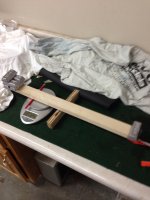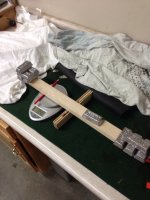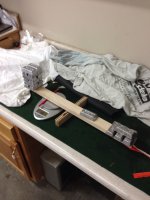gladehound
Veteran Member
One more attempt to simplify. The basis of my opinion is the definition of how leverage and pulleys and levers work. Its about distance and movement combined to alter weight locations. But if all 4 wheels and both axles are in ground contact . . . Movement doesnt exist . . and without movement, levers and fulcrums and pulleys can't work.
Jmho. . . . I'll let others present their side.
Others have presented their side over, and over and in different ways. I strongly suggest that you get a toy tractor loader and do your own experiments with a small scale so you can see what's happening. At this point, I think that is the only way you are going to understand.
I can explain it for you. But I can't understand it for you. Good luck!


